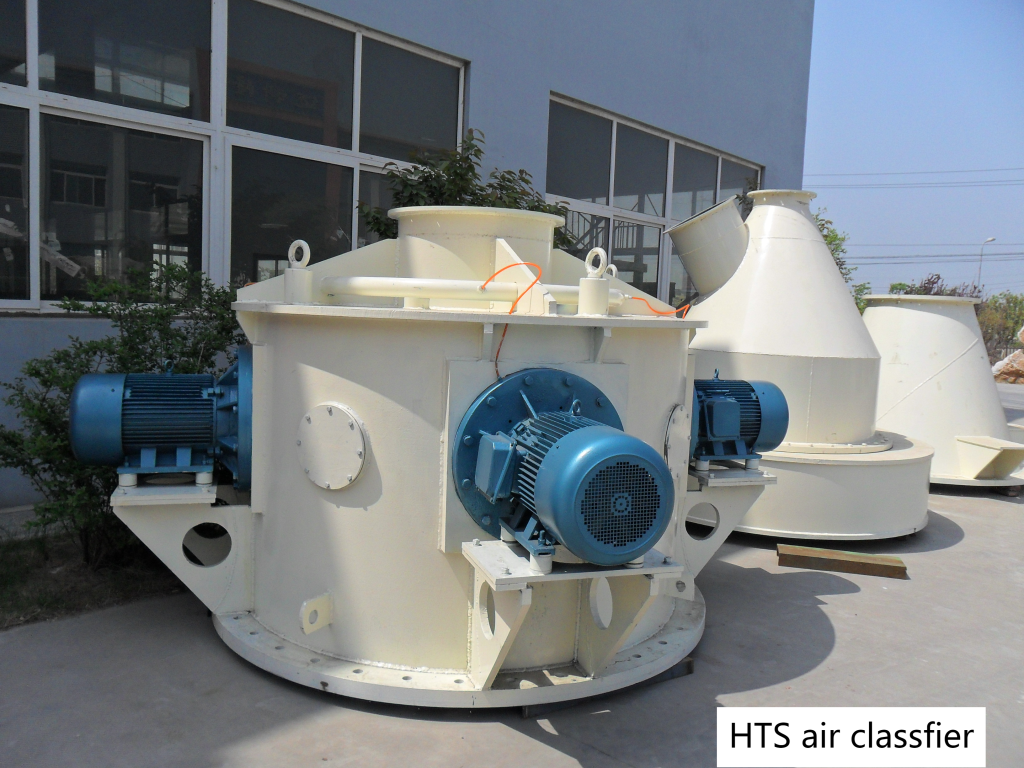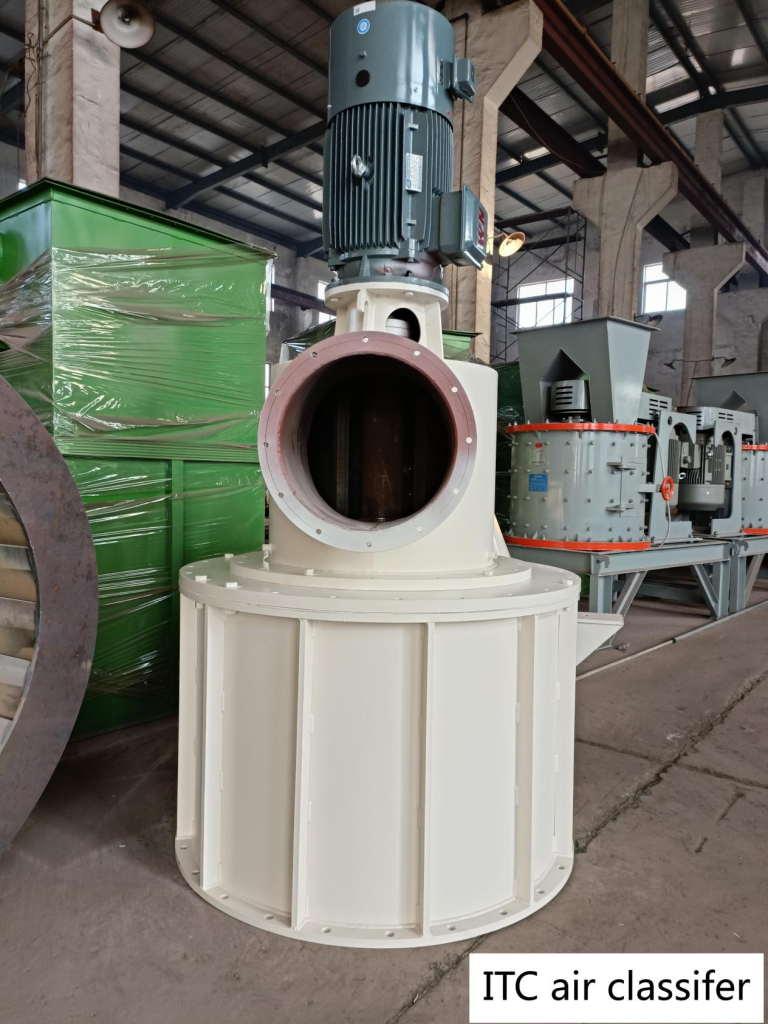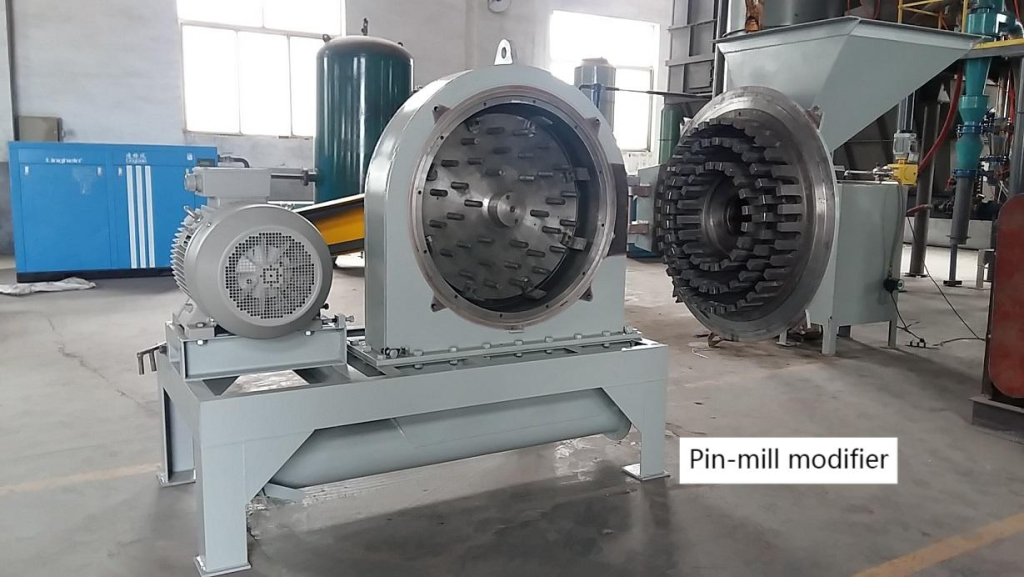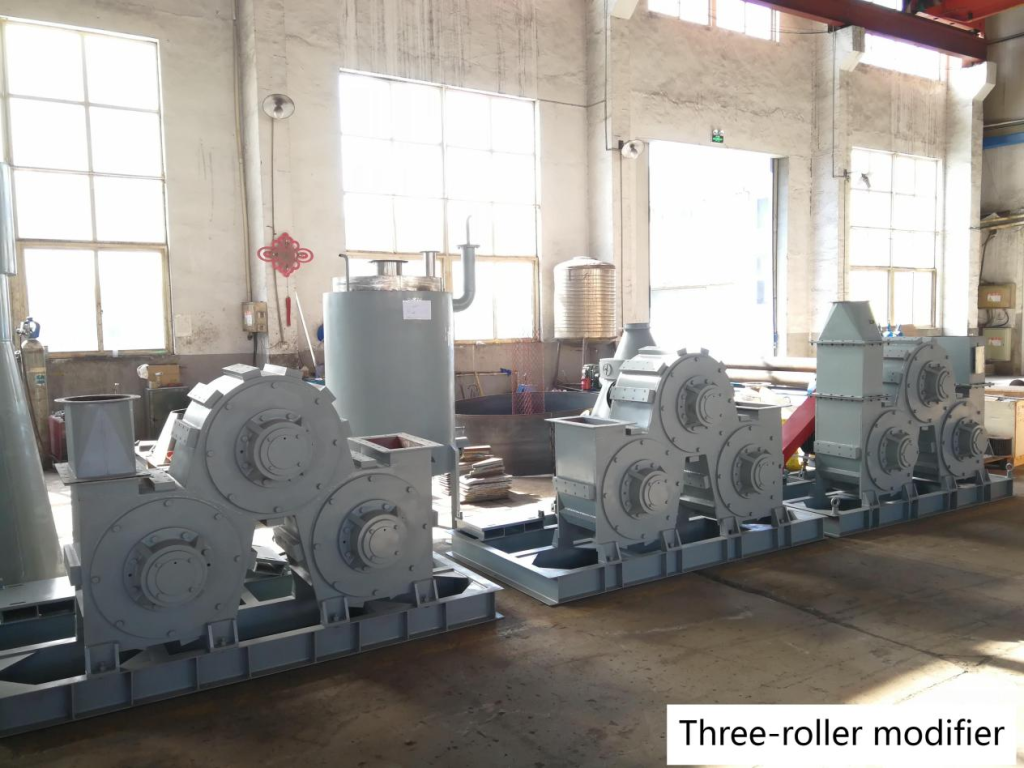Carbonato de cálcio leve também é chamado de carbonato de cálcio precipitado, ou cálcio leve para abreviar. Sua fórmula molecular é CaCO₃, e o peso molecular é 100,09. O carbonato de cálcio leve é feito por calcinação calcário para gerar cal e dióxido de carbono, então adicione água para digerir cal para gerar leite de cal, em seguida, introduza dióxido de carbono para carbonizar leite de cal para gerar participação de carbonato de cálcio e, finalmente, desidrate, seque e triture. Como o volume de sedimentação do carbonato de cálcio leve (2,4-2,8 mL/g) é maior do que o do carbonato de cálcio pesado (1,1-1,4 mL/g), ele é chamado de carbonato de cálcio leve.
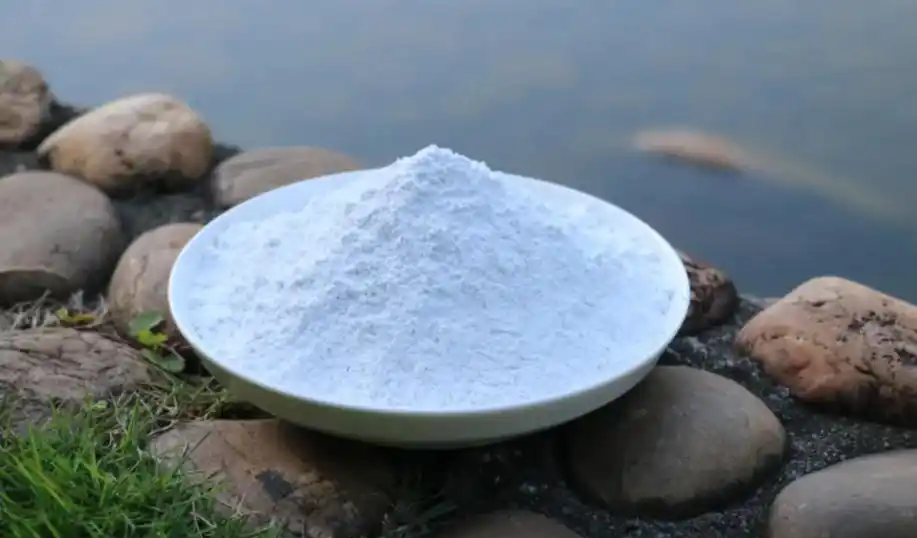
Características do Cálcio Leve
O carbonato de cálcio leve é um pó branco, insípido e inodoro. Sua gravidade específica é de cerca de 2,71. Ele pode se decompor a 825-896,6℃, com ponto de fusão de 1339℃. Existem duas formas de cálcio leve: tipo amorfo e cristalino tipo. A forma cristalina pode ser subdividida em sistema ortorrômbico e sistema hexagonal, em forma de colunar ou diamante. Insolúvel em água ou álcool, mas solúvel em ácido, com liberação de calor durante a ação e gerando dióxido de carbono ao mesmo tempo. O cálcio leve também é solúvel em cloreto de amônio solução.
Aplicação de Cálcio Leve
O cálcio leve tem uma ampla gama de aplicações. Ele pode ser usado como enchimentos em indústrias de borracha, plásticos, fabricação de papel, revestimento e tinta, e é amplamente usado na produção de síntese orgânica, metalurgia, vidro e amianto. Além disso, ele também pode ser usado como neutralizador para águas residuais industriais, antiácido para úlceras gástricas e duodenais, antídoto para acidose, aditivo para ração de vacas leiteiras e antiadesivo para feltro de óleo. Além dessas aplicações, o cálcio leve também pode ser usado como matéria-prima para pó dental, pasta de dente e cosméticos.
Tecnologia de processamento
1. Método de carbonatação
Calcinar o calcário para gerar cal e dióxido de carbono, depois adicionar água para digerir a cal e gerar leite de cal, depois introduzir dióxido de carbono para carbonizar o leite de cal e gerar carbonato de cálcio participado e, finalmente, desidratar, secar e triturar.
2. Método do cloreto de cálcio com carbonato de sódio (Na2CO3)
Adicione cloreto de cálcio à solução aquosa de carbonato de sódio para gerar participação de carbonato de cálcio.
3. Método da soda cáustica
Carbonato de cálcio leve pode ser obtido como um subproduto durante a produção de soda cáustica (NaOH). Adicionar cal apagada à solução aquosa de carbonato de sódio pode gerar precipitação de carbonato de cálcio e obter solução aquosa de soda cáustica ao mesmo tempo. Finalmente, após desidratar, secar e triturar o cálcio participado, o cálcio leve é obtido.
4. Método de ligação de cálcio
A imersão de cal apagada por ácido clorídrico pode reagir para obter solução de cloreto de cálcio. Após absorver amônia, a solução de cloreto de cálcio é carbonizada com dióxido de carbono para obter precipitação de carbonato de cálcio.
5. Método Solvay
Durante a produção de carbonato de sódio, carbonato de cálcio leve pode ser obtido como subproduto.

Perspectiva
Com vantagens de alta pureza, alto coeficiente de dispersão e boa estabilidade química, o carbonato de cálcio leve tem mostrado ampla perspectiva de aplicação em muitos campos. A demanda do mercado está crescendo e os métodos de produção estão se tornando cada vez mais maduros. No futuro, a perspectiva de aplicação do carbonato de cálcio leve será mais ampla. Especialmente na indústria da borracha, como enchimento, ele pode reduzir significativamente os custos de produção e melhorar o desempenho dos produtos.
Qingdao Epic Powder Machinery Co., Ltd. é um fabricante profissional de equipamentos para pó. Seus produtos incluem: moinho de jato, moinho de bolas, moinho de vibração, moinho de rolos, vários classificadores e modificadores de revestimento de superfície etc. Equipamento para moagem, classificação e modificação de cálcio leve está incluído. Os produtos da Qingdao Epic são de qualidade confiável e serviço pós-venda de primeira classe. Os clientes também podem personalizar com demandas específicas, “um cliente, um design”.
Se você tiver alguma necessidade ou dúvida relacionada, entre em contato Qingdao épico diretamente
Abaixo estão as fotos para sua referência
